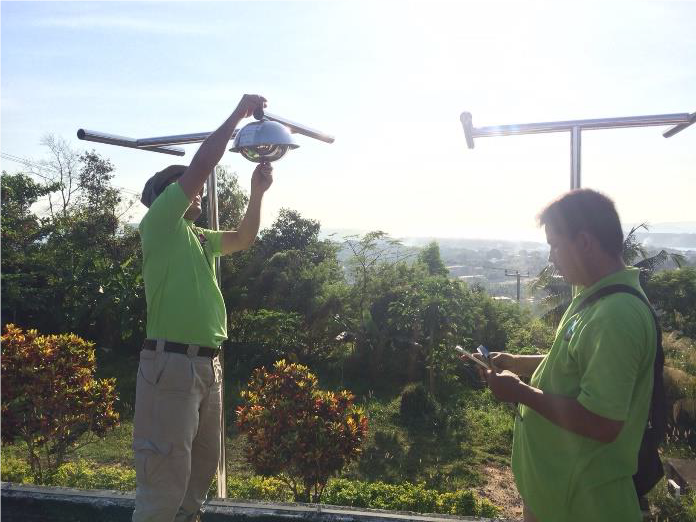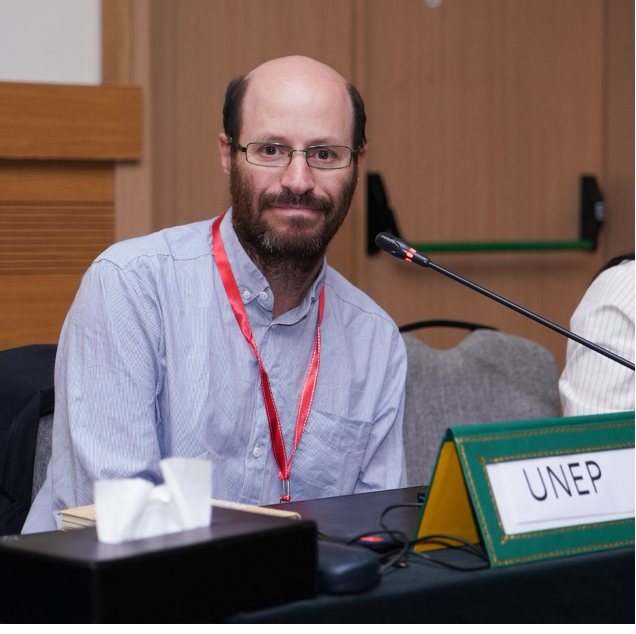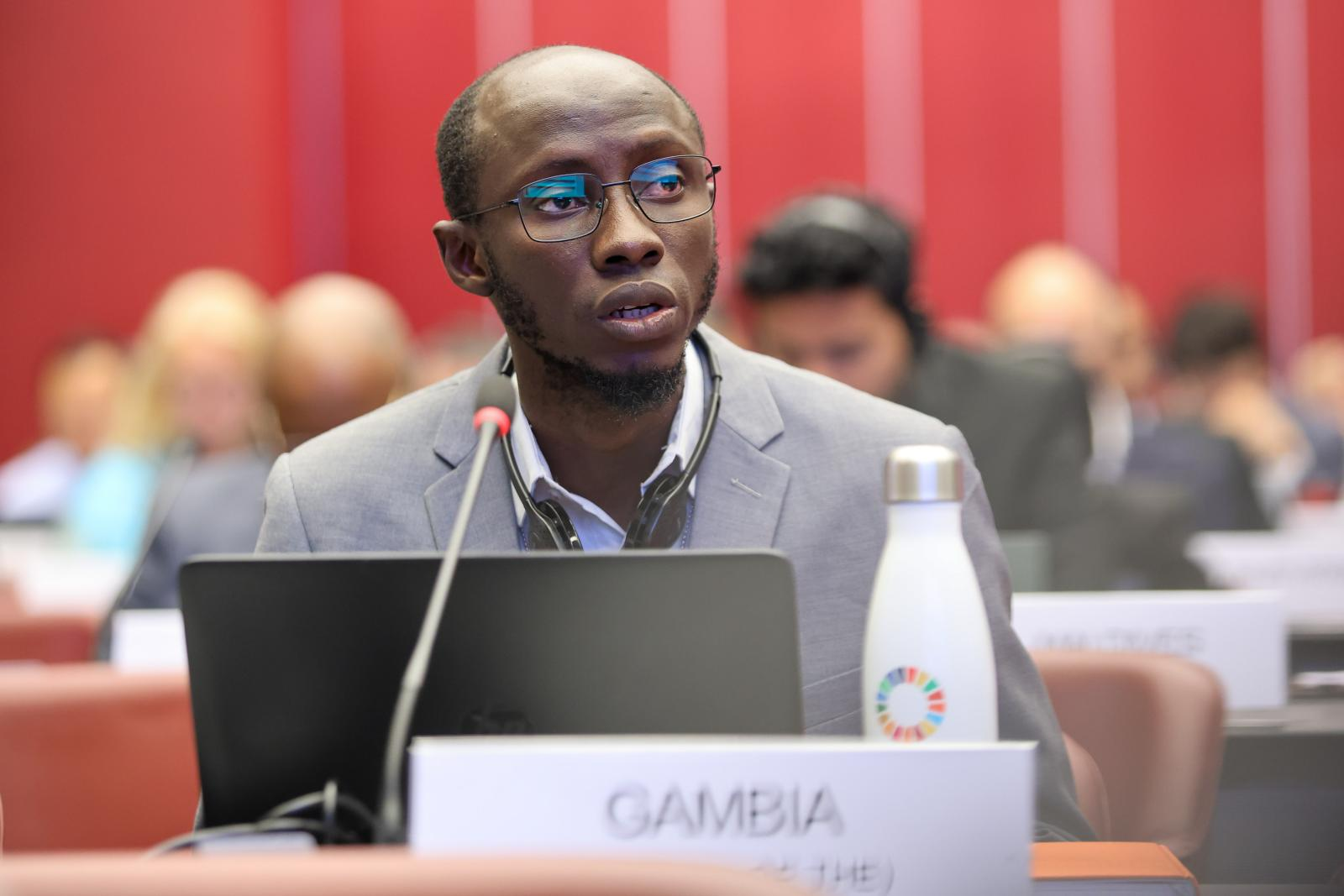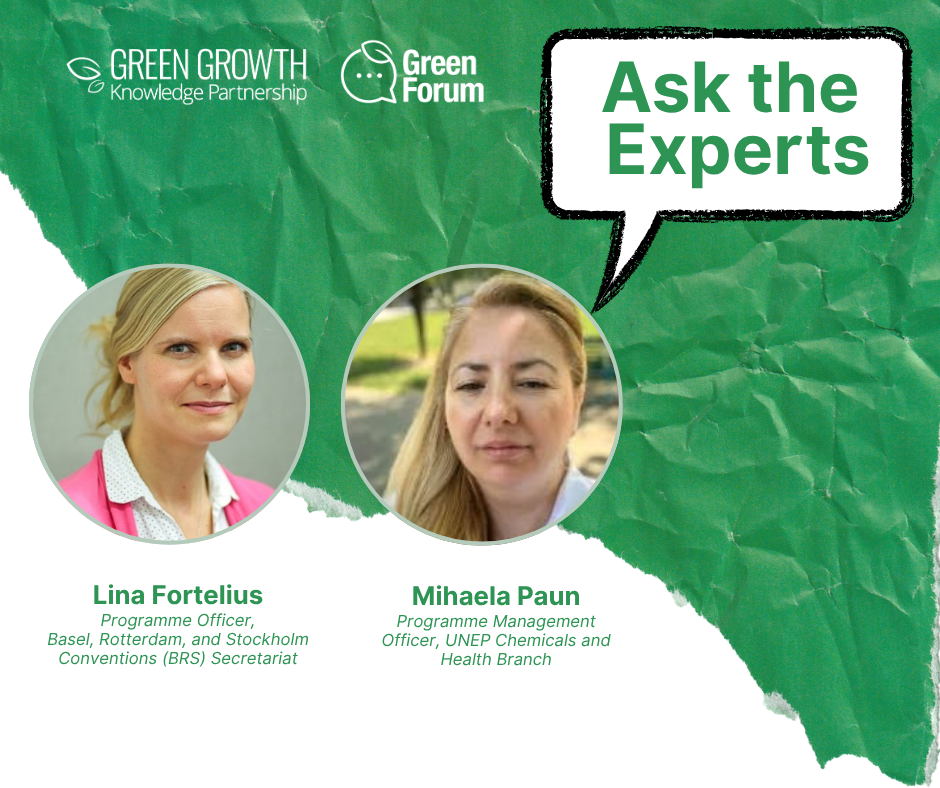This blog post is based on the remarks of Mr. Victor Hugo Estellano Schulze on the Global Green Growth Knowledge Partnership (GGKP) roundtable “National Implementation Plans: Research needs and opportunities in Asia” held on 17 June 2025.
Laying the Foundations for Global POPs Monitoring
Over the last 25 years, the United Nations Environment Programme (UNEP) has been central to building the global infrastructure for monitoring persistent organic pollutants (POPs). The journey began with the UNEP/WHO human milk survey, which provided some of the first global data on POPs exposure. Following the ratification of the Stockholm Convention, UNEP launched a capacity building scoping study in 2004 to explore the needs of developing countries, identify existing POPs laboratories, and provide training on POPs analysis and organise an interlaboratory study.
Expanding Global Monitoring through GMP Projects
Building on these foundations, UNEP implemented the first round of projects of the Global Monitoring Plan (GMP I) from 2009 to 2012, covering 31 countries in Africa, Latin America and the Caribbean, and the Pacific Islands. This project, supported by Global Environment Facility (GEF) and other partners, established a baseline for POPs monitoring and further developed laboratory capacity. A subsequent pilot project tested the inclusion of newly listed POPs and developed guidance for the new core matrix water for perfluorooctane sulfonic acid (PFOS).
Recognising the ongoing need for capacity building, UNEP launched the second round of GMP projects (GMP II) in 2016, expanding to 42 countries across Africa, Asia and the Pacific, and Latin America and the Caribbean. The main goals were to strengthen national capacity for POPs monitoring, generate high-quality data, and create the conditions for sustainable monitoring of POPs.
Comprehensive Monitoring and Capacity Building
GMP II projects focused on monitoring POPs in air, water, and human milk, which are the three core matrices for the Stockholm Convention. Countries were also encouraged to sample and analyse additional matrices of national interest, such as eggs, fish, meat, sediment, soil, and plastic pellets, broadening their expertise and data coverage. Capacity building was provided in most of the countries, including the development of guidance documents and standard operating procedures (SOPs), training in national laboratories, and “mirror analysis” for countries with suitable equipment. Four rounds of interlaboratory assessments since 2009 have ensured quality control and fostered knowledge sharing among laboratories worldwide.
A public dashboard and over 17 technical reports provide opportunity for countries to present and interpret their data in scientific manner for scientific community even beyond the Stockholm Convention. UNEP has also developed data handling interpretation materials to give the countries tools to use the data. The dashboard, technical report and other material are accessible on the UNEP website.
Filling Data Gaps and Supporting the Stockholm Convention
The impact of these efforts has been substantial, particularly in developing regions. The UNEP/GEF GMP projects provided to the Stockholm Convention effectiveness evaluation with approximately 80–90% of the human milk data, 62% of the air data, and 75% of the water data in Asia-Pacific region. Countries are encouraged to use this data in their National Implementation Plans (NIPs) and other relevant policies, with UNEP guidance documents on data reporting and management. UNEP also provides e-courses on data handling and management to support this integration. Countries can propose additional analyses in national laboratory according to their national priorities based on the results generated under the project.

Key Messages and Future Directions
High-quality data remains a key pillar for assessment and decision making. It is essential to continue generating critical data to support the effectiveness evaluation of the Stockholm Convention and to stay fully aware of the exposure and to guide necessary actions. Understanding of the data is important for effective implementation of the Stockholm Convention at the national level, and cost-effective monitoring systems are needed to enable informed decision-making at all levels. Enhanced collaboration among researchers is vital, and countries are encouraged to maintain and build on the capacities acquired with continuous support on POPs monitoring.
“It's very important to meet here to discuss and to see other initiatives that are happening in the regions with the idea to continue the participation of the country in monitoring on POPs.”
Looking ahead, UNEP is preparing to launch the Global Chemicals Monitoring Programme (GCMP), which will expand POPs and mercury monitoring to 54 countries between 2026 and 2030, supporting both the Stockholm and Minamata Conventions. This next phase will build on the lessons learned and capacities developed, aiming for even broader participation and impact.
UNEP’s sustained commitment to building capacity, generating high-quality data, and supporting the integration of that data into policy and practice has been instrumental in advancing global action on POPs. By fostering collaboration and continually addressing data gaps, UNEP is helping to ensure that countries have the tools and knowledge needed for effective chemicals management worldwide.
This blog post was developed drawing on insights from the GGKP roundtable “National Implementation Plans: Research needs and opportunities in Asia” held on 17 June 2025. As part of the Global NIP Update project (GEF ID 10785), funded by GEF and led by UNEP, this roundtable brought together researchers and experts engaged in reviewing and updating NIPs under the Stockholm Convention to foster peer learning on the development of POPs inventories.
To learn more about the Global NIP Update project, visit Global NIP Update | Green Policy Platform
For a deeper dive into the GGKP regional roundtable focused on Asia, you can access the full recordings and materials here: https://www.greenpolicyplatform.org/webinar/national-implementation-plans-research-needs-and-opportunities-asia
Authors:
 |
Mr. Victor Hugo Estellano Schulze, Programme Management Analyst, United Nations Environment Programme (UNEP)
|
 |
Ms. Soomin Bae, Knowledge Management Support Consultant (GGKP, GGGI)
|


